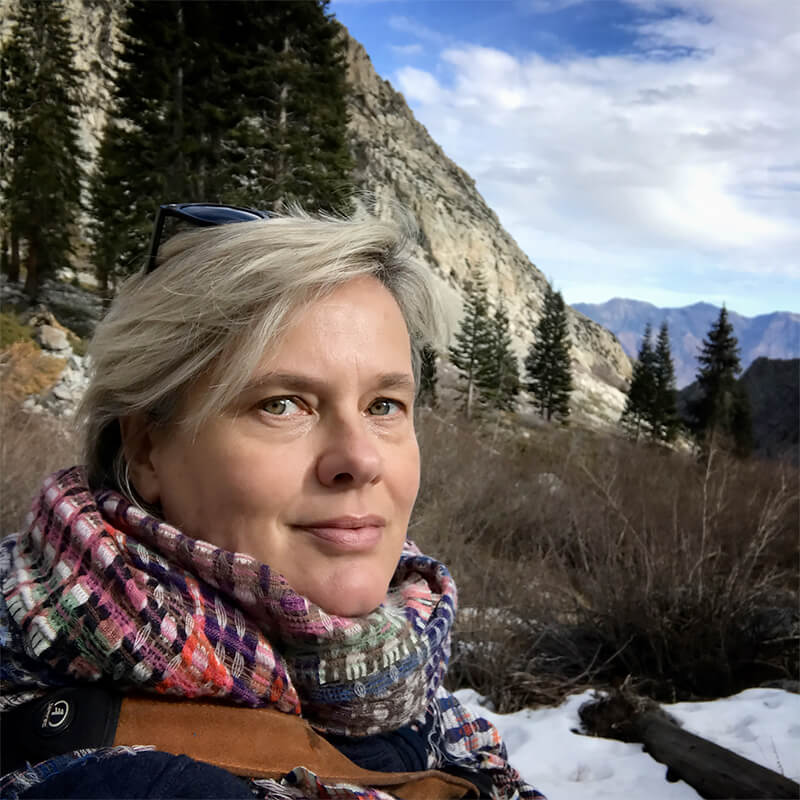Mette Lampcov is a freelance documentary photographer from Denmark, based in Los Angeles.
She studied fine art in London, England and after moving to the United States 13 years ago.
Her personal work includes projects about gender based violence and undocumented migrant workers in California. She is currently concentrating on a long term project "Water to Dust" documenting how climate change is affecting people and the environment around them in California.
Her work has appeared in the
New York Times,
The Sydney Morning Herald,
Open Society Foundation ,
BuzzFeed News,
The Guardian,
The Phoblographer
She is a regular contributor to @everydayclimatechange and @everydaycalifornia
Exhibitions:
Docudays UA, International Human Rights Documentary Film Festival, Kiev.
Noorderlicht Fotogalerie in Groningen
Anderson Ranch - 15 stories
ICP - projection "talk in images"
Part of 15 Stories of Hope, Change & Justice exhibition at Johns Hopkins university
Street level photoworks Glasgow with @everydayclimatechange
ImagOrbetello exhibition with @everydayclimatechange
Water to Dust
Water to Dust : a photographic account of how climate change is affecting the people and environment of California. The project includes stories about how 149 million trees have died in the Sierra Nevada mountains, how water contamination is affecting rural communities as demand for water increases, and how California is seeing an increase in more aggressive, larger and faster moving wildfires that are devastating communities and forests.
We are facing an existential threat to ourselves and our environment, she believe with a better educated and more informed public we can make better decisions for our future.
